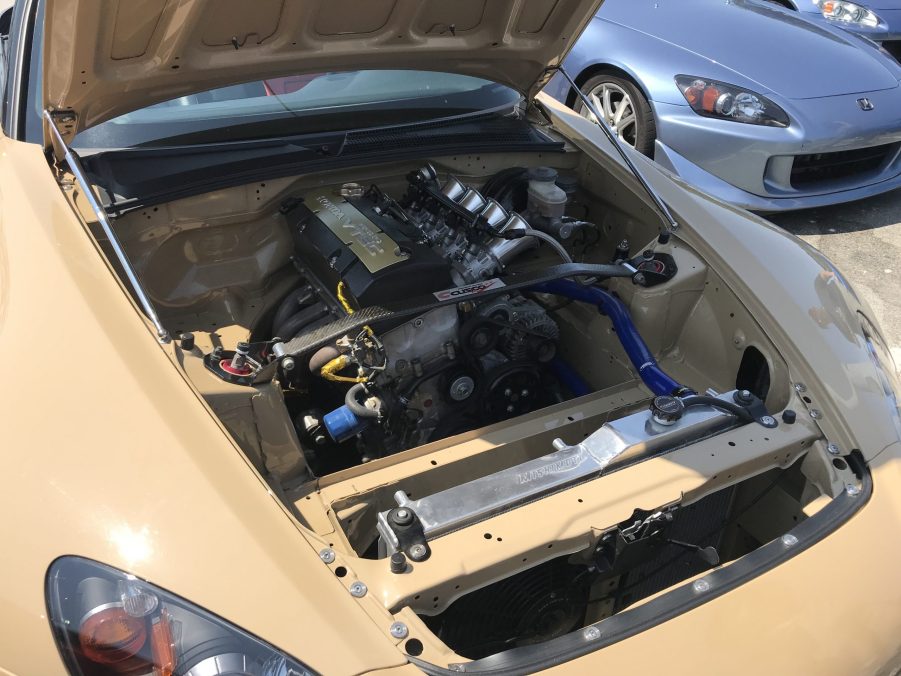
How Do You Wire Tuck an Engine Bay?
Modifying your car isn’t limited to extracting more horsepower, changing its ride height, or outer appearance, it can even mean modifying the parts that you don’t normally see upon first glance. For example, if you want to make your pride and joy a show car, then you have probably thought about wire tucking your car’s engine bay. But what is wire tucking and how do you do it?
Why would anyone want to wire-tuck an engine bay?
The simple answer is: A wire-tucked engine bay looks cool and cleaner. If you have ever lifted the hood to your car and looked at the engine, then you have probably noticed all of the wires and peripheral components (brake booster, cruise control module, etc.) around it. And while every piece and wire in the engine bay has its purpose, some car enthusiasts look at a car’s engine bay as a blank canvas that they can customize.
Instead of bedazzling the engine bay with fancy bolts and washers, these enthusiasts prefer the minimalist approach and proceed to hide all of the unsightly components around the firewall and fenders in an effort to make the engine bay look cleaner. Admittedly, it does look cool, but it can be an arduous procedure to take on.

Wire tucking an engine bay requires a lot of wiring and cutting
According to Super Street Online, wire tucking an engine bay is a straightforward procedure. But you’ll need to be comfortable with removing the front bumper and fenders, drilling holes, and extending wires to get the job done.
The easiest way to wire-tuck your car’s engine bay is to remove the engine so that you can easily get to all of the small crevices and have ample room to work. However, if that’s not possible, then the process is still possible, but it could take longer.
First, you’ll need to remove the front fenders and bumper to figure out where you want to hide certain parts like the cruise control module and brake master cylinder. And if you want to remove the battery from the engine bay, then you’ll need to find a battery relocation kit in order to move it to the trunk or the interior cabin of the car.

Once you have figured out where you want everything to go, then you’ll need to get crafty with some extra wiring and a solder gun. Most wire tucking is done by placing the peripheral components behind the firewall and fenders and then cutting and extending the wires from the OEM harness in order to reach the new spots.
This is typically done by routing the wires through the existing holes in the engine bay, however, some of them may need to be widened via drilling in order to fit the wire looms through.
The same process is used when it comes to hiding the extra wires, but you’ll need to get creative in order to hide them from the casual onlooker. However, when done properly, a wire-tucked engine bay can make your car quite the showstopper when your car’s hood is propped up.

There are some cons to wire tucking an engine bay
While a properly tucked engine bay can look really clean, just remember that there are some drawbacks to doing it. First, if you routinely register your car and have to pass emissions with it, then it might not pass the visual portion if you end up hiding or removing the smog equipment.
Second, if any of those peripheral components that you hid need to be serviced, then it can be a pain since you’ll have to remove the fenders to do so. And third, if you relocate your car’s battery to the interior or trunk, then be aware that it could be a fire hazard if you don’t do it properly.
Also, if you don’t think you can take on a wire-tuck job yourself, then it’s best to find a professional to do it as one wrong move can lead to a lot of headaches. Otherwise, have fun and enjoy and much cleaner-looking engine bay.



